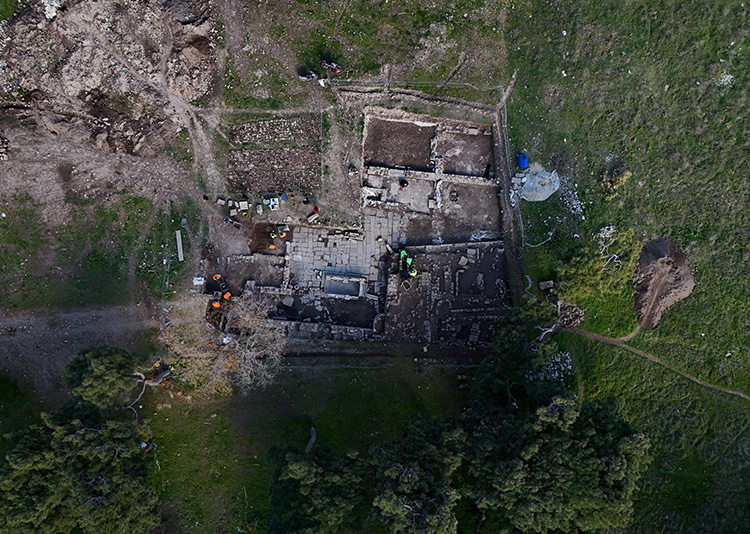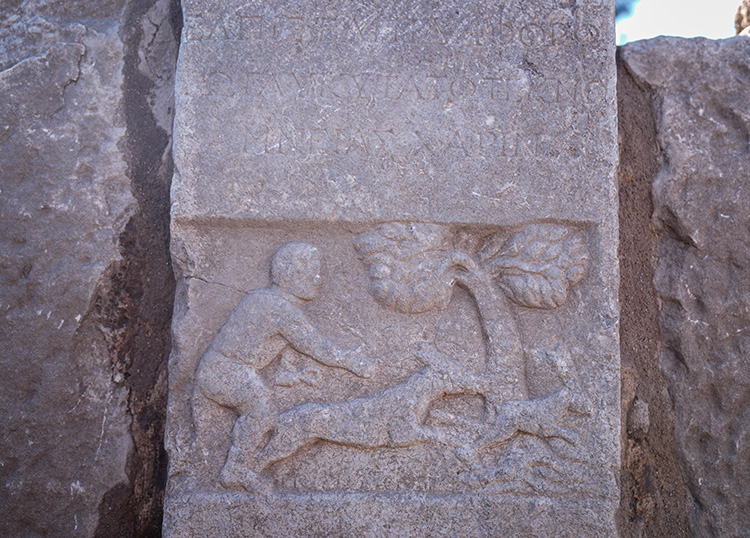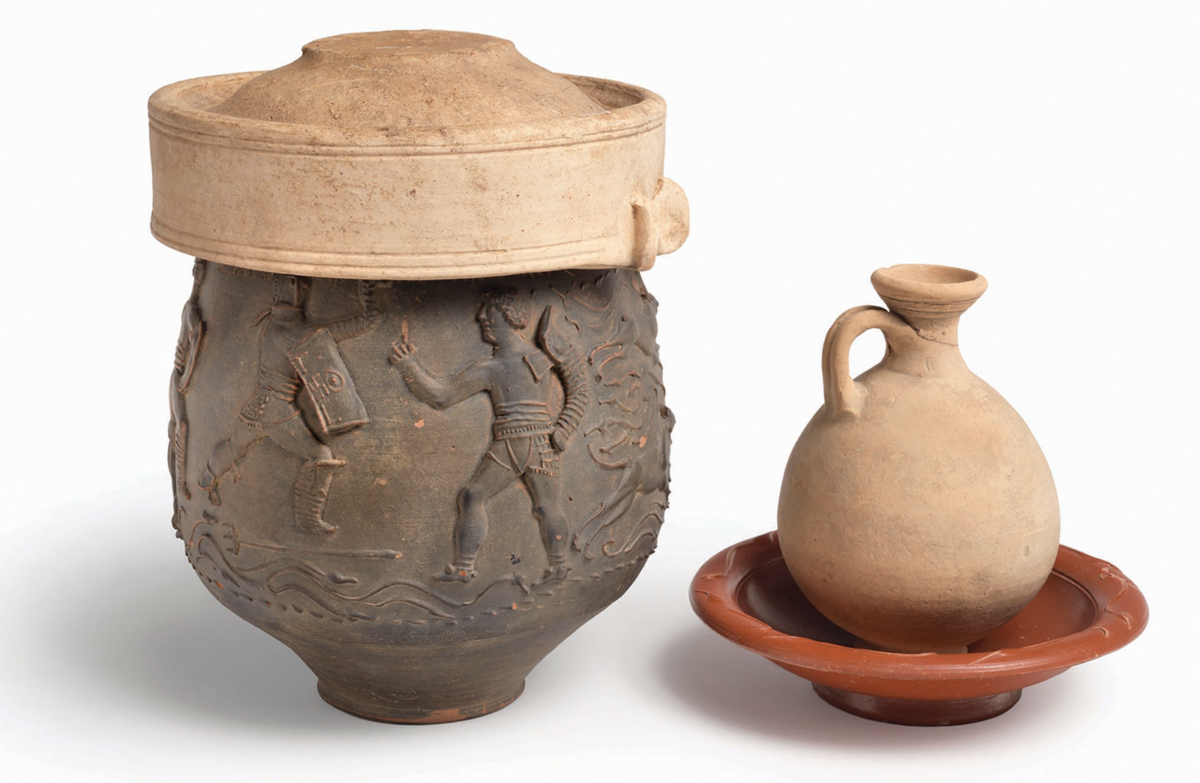Located in Izmir, Turkey, the “Mosaic House” complex from the Roman period in the ancient city of Pergamon is being uncovered through excavation work conducted under the “Heritage for the Future Project” by the Ministry of Culture and Tourism. Led by Prof. Dr. Yusuf Sezgin, the head of the Archaeology Department at Manisa Celal Bayar University, these efforts aim to reveal settlement traces from the prehistoric, Hellenistic, Roman, Byzantine, Beyliks, and Ottoman periods of the ancient city.
The Mosaic House is described as a “peristyle house” that was inhabited by important figures in antiquity. This large residential complex, notable for its central stone courtyard and pool, reflects the architectural features of the Roman era. Prof. Dr. Sezgin states that this structure was built in the 2nd and 3rd centuries AD and continued to be used during the Christian period. Notably, the transformation of the nearby Red Courtyard into a church indicates the presence of a Christian community in the area.

Excavations at the site have revealed one of the most striking features of the Mosaic House: its mosaic floors. Dating back to the 3rd and 4th centuries, these mosaics showcase geometric and floral motifs, as well as a variety of colors, further emphasizing the significance of the structure. However, a major fire during the Arab incursions in the 7th century is believed to have led to the abandonment of this magnificent building. Roof tiles and burnt vessels found at the site indicate that the destruction was the result of a fire.
Discovering the Emotional Legacy of the Mosaic House in Pergamon
Recent excavations at the Mosaic House in the ancient city of Pergamon, located in Izmir, Turkey, have unveiled a remarkable find: a gravestone repurposed as a pool stone in the house’s courtyard. Prof. Dr. Yusuf Sezgin, highlighted the significance of this discovery, noting that the gravestone features a poignant story.

The inscription on the stone reads “the sweetest child in the world,” accompanied by a depiction of a child hunting rabbits with a dog. This gravestone, believed to have been commissioned by the child’s mother, offers valuable insights into the emotional aspects of life during that era, as well as clues about the social dynamics of the time.
So far, approximately 20% of the Mosaic House complex has been uncovered, and Prof. Dr. Sezgin suggests that the structure remained abandoned for a long period after its destruction. Additionally, the team has identified a Byzantine cemetery in the vicinity, which is believed to belong to the last Byzantine inhabitants of Pergamon before the arrival of the Turks. Some graves contained multiple burials, indicating that living conditions during that period were likely challenging.

The excavations have also revealed a wealth of artifacts from the Roman and Byzantine periods, including kitchenware, weapons, jewelry, and coins, which were commonly used in daily life. Prof. Dr. Sezgin emphasized that suitable items will be displayed at the Bergama Museum, allowing visitors to connect with the rich history of the region.
Cover Photo: Berkan Çetin/AA





